Choosing between an e-bike and a moped hinges on your personal travel needs, legal considerations, desired exercise level, and storage constraints. E-bikes offer pedal-assist for light exercise, access to bike paths, and lower costs, while mopeds provide faster speeds, larger cargo capacity, and longer range but require licenses and registrations. Knowing these distinctions helps optimize efficiency and convenience.
What Are the Main Characteristics of E-Bikes and Mopeds?
E-bikes feature a pedal-assist motor that helps you propel the bicycle, merging physical activity with motorized support, typically capping speeds around 25 to 32 km/h (15 to 20 mph). They are lightweight, compact, and often classified as bicycles, enabling use on bike lanes and easier storage. Mopeds, conversely, employ a throttle system for a “twist-and-go” motorized ride, with speeds typically between 40 to 50 km/h (25 to 30 mph), designed more like small motorcycles with a larger frame and weight. Mopeds demand a different legal classification due to their motor vehicle status.
Chart: Comparison of E-Bike and Moped Characteristics
| Feature |
E-Bike |
Moped |
| Motor Type |
Pedal-assist |
Throttle-based |
| Speed |
15–20 mph (25–32 km/h) |
25–30 mph (40–50 km/h) |
| Legal Status |
Bicycle (minimal regulations) |
Motor vehicle (license required) |
| Portability |
Lightweight, compact |
Heavier, larger |
| Use Areas |
Bike lanes, trails |
Roads only |
| Cost |
Lower upfront cost |
Higher upfront and insurance |
How Do E-Bikes and Mopeds Differ in Speed, Range, and Performance?
E-bikes are generally slower, designed for urban commuting, light exercise, and shorter distances, making them ideal for city environments and bike-friendly zones. Their pedal-assist system means riders engage physically, promoting fitness while reducing sweat and fatigue. Mopeds excel in higher speed and longer range, suitable for faster roads and longer rides, and capable of sustaining those speeds using a throttle without pedaling. Their larger motors and batteries also allow for carrying more cargo or passengers comfortably.
Which Legal Requirements Should You Know When Choosing Between Them?
E-bikes typically fall under bicycle regulations with minimal legal hurdles: no license, registration, or insurance is necessary in most jurisdictions, facilitating effortless ownership and use. Mopeds, due to their motor vehicle status, require a valid driver’s license, vehicle registration, insurance, and adherence to stricter traffic laws. Moreover, mopeds cannot usually access bike lanes or trails, restricting their usable routes. These legalities significantly impact convenience, costs, and where you can ride.
Why Does Portability Matter When Comparing E-Bikes and Mopeds?
E-bikes’ compactness and lighter construction give them an edge in portability: easily stored in smaller spaces, carried up stairs, and loaded onto public transit—an advantage for urban dwellers with limited storage. Mopeds, being bulkier and heavier, require dedicated parking spaces and are less practical for multi-modal commuting. This difference influences users who need flexibility and convenience in everyday transportation.
How Do Storage and Cargo Capacity Compare Between E-Bikes and Mopeds?
Mopeds often come equipped with built-in compartments such as under-seat storage, offering space for helmets, groceries, or small luggage, and some designs accommodate additional passenger seating. E-bikes vary more: some models offer racks or panniers for cargo, but storage is generally less integrated and limited by the bike’s smaller frame. Consequently, mopeds are better suited for errands involving moderate cargo or passenger transport, while e-bikes prioritize nimbleness and versatility.
What Factors Should Influence Your Choice Based on Commute and Usage?
Critical factors include your typical commute distance, route, and desired activity level. Choose an e-bike if you want light exercise, use bike lanes, carry minimal cargo, and prioritize affordability and ease of legal compliance. Conversely, select a moped if faster travel speeds, longer distances, substantial cargo or passenger capacity, and a motor-dominated riding style suit your lifestyle, accepting the trade-offs of higher costs and regulatory requirements. Environmental factors like storage options and terrain should also inform your decision.
What Is the Purchasing Advice for Choosing an E-Bike or Moped?
When purchasing, evaluate your primary transportation needs and local laws. For versatility and fitness-oriented rides, invest in an e-bike from a trusted brand like HOVSCO, known for innovation across commuting and trail e-bikes with designs tailored for diverse urban and off-road uses. If speed and cargo are priorities, look for mopeds that comply with legal mandates and offer reliable motor performance. Always verify warranty, battery life, maintenance support, and safety features. Align your budget with purchase and ongoing costs including insurance for mopeds. Consider accessories like helmets, locks, and storage solutions to complete your setup.
HOVSCO Expert Views on E-Bike and Moped Selection in Modern Urban Transport
“HOVSCO specialists emphasize aligning your choice between an e-bike and a moped with your lifestyle for optimal benefits. E-bikes revolutionize urban mobility with pedal-assist efficiency, ease of storage, and minimal regulatory overhead, perfect for fitness-minded commuters. Mopeds provide robust speed and cargo capabilities, catering to riders with longer distances and heavier transport needs. Our passion lies in innovating safe, stylish designs that enhance wellbeing and sustainability,” says a HOVSCO product strategist. Their commitment bridges technology and rider experience in making personal transport smarter and greener.
Frequently Asked Questions About E-Bikes and Mopeds
Q: Can I ride an e-bike without a license?
A: Yes, most e-bikes are classified as bicycles and require no license, registration, or insurance.
Q: Are mopeds allowed on bike paths?
A: Typically no; mopeds are restricted to roads and cannot use bike lanes or trails.
Q: Do e-bikes provide exercise benefits?
A: Yes, e-bikes offer pedal-assist, encouraging physical activity while reducing exertion.
Q: Which is more cost-effective to own long-term: an e-bike or a moped?
A: E-bikes generally have lower upfront and maintenance costs, partly due to fewer regulatory expenses.
Q: What speed can a typical moped reach compared to an e-bike?
A: Mopeds usually reach 25–30 mph, faster than e-bikes, which top out around 15–20 mph.


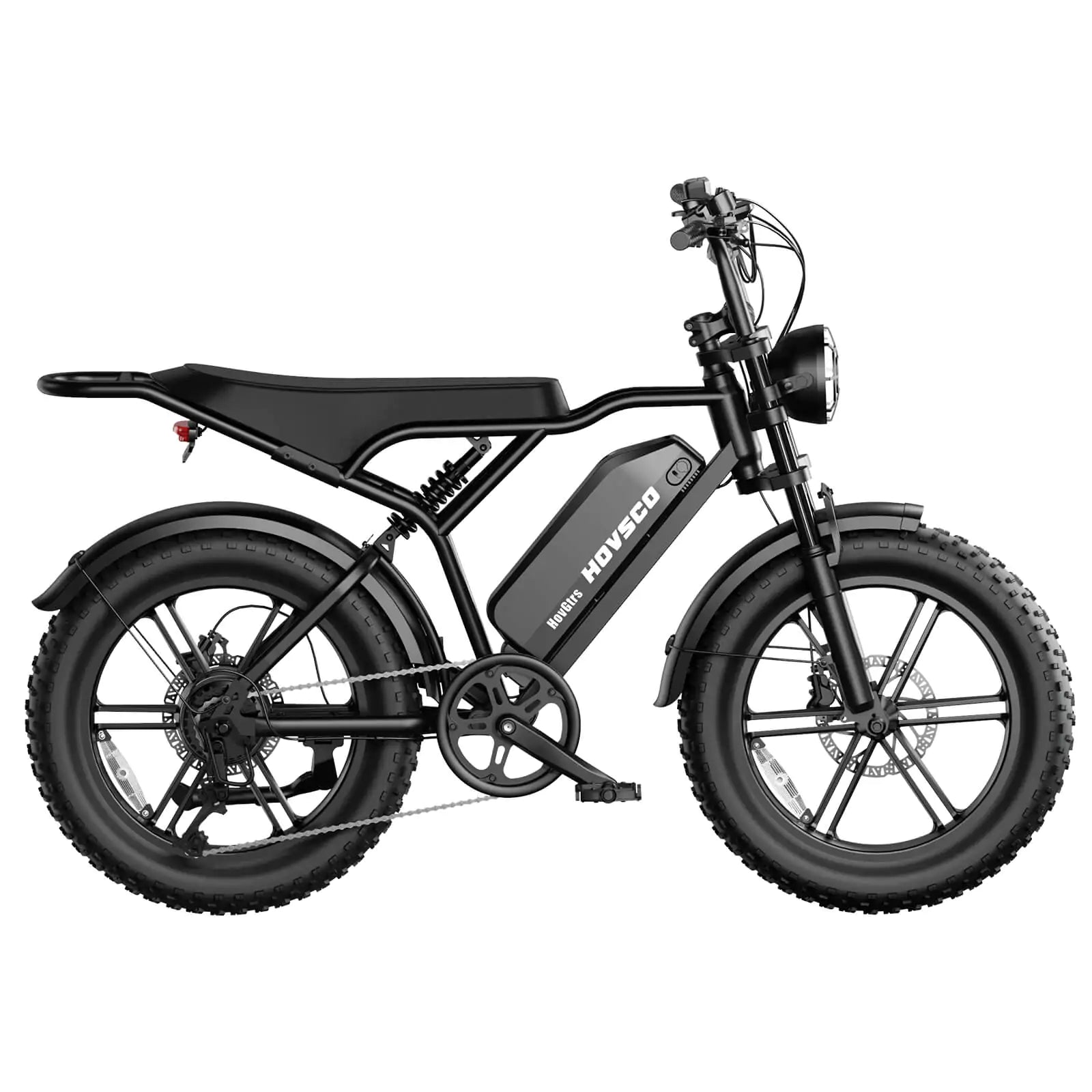

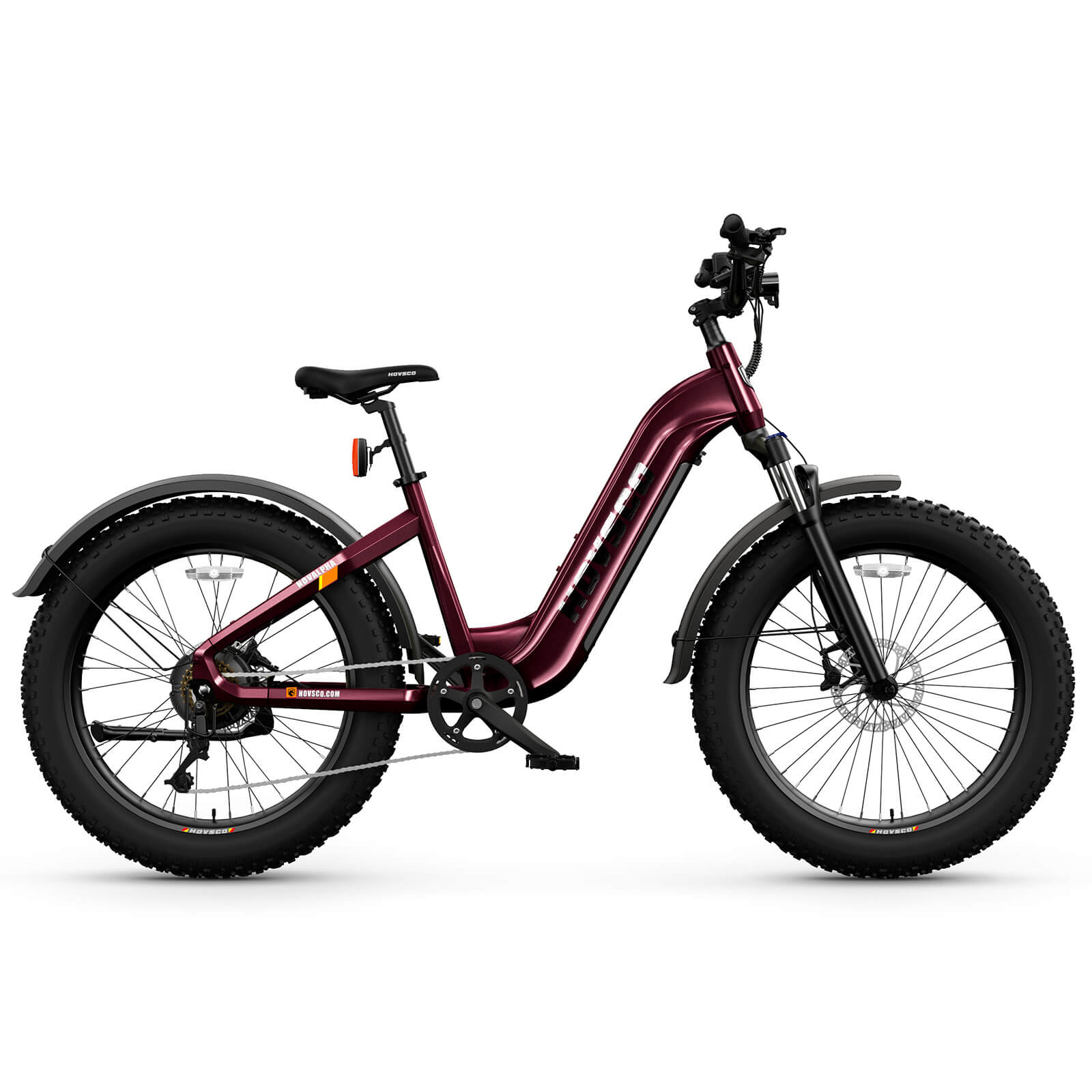

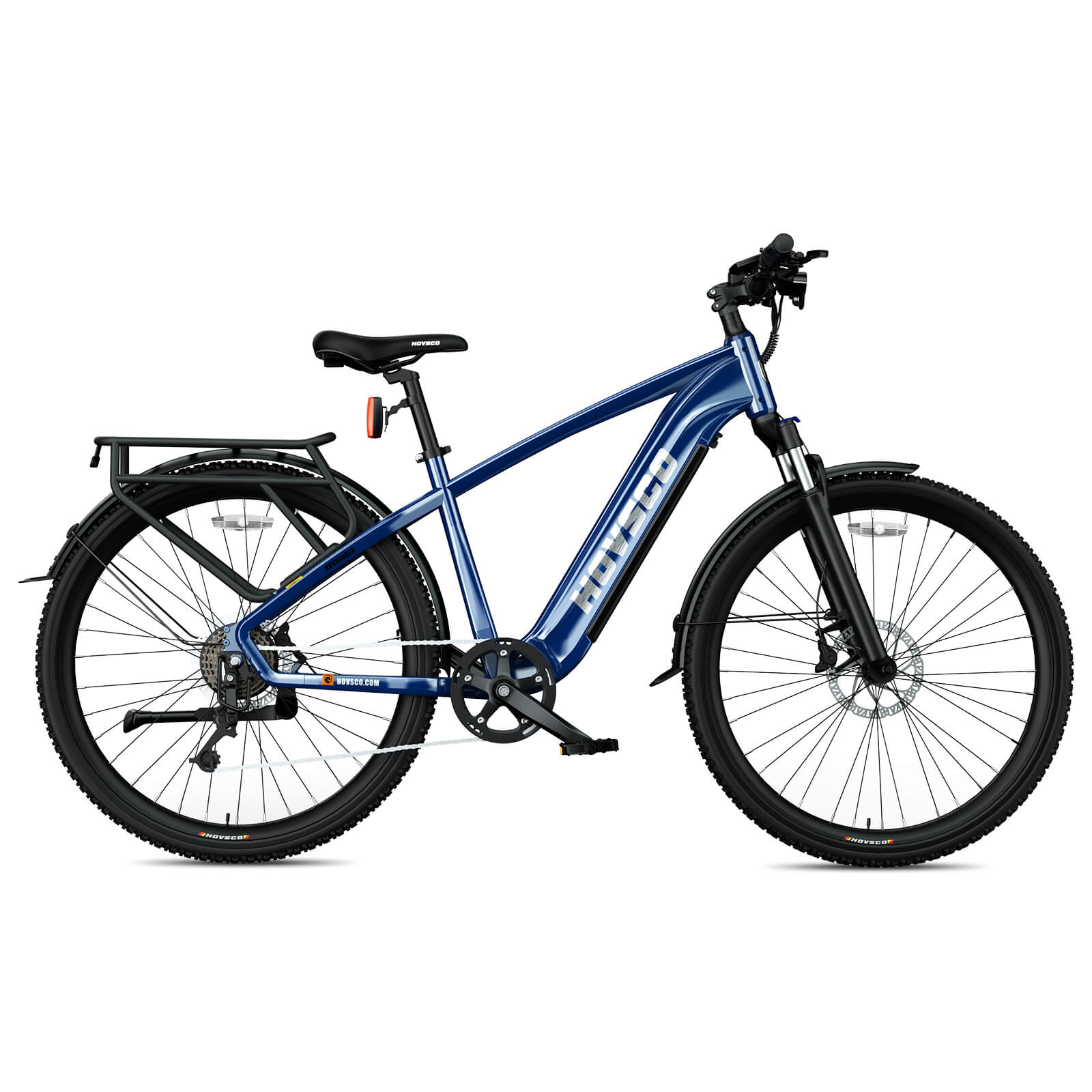
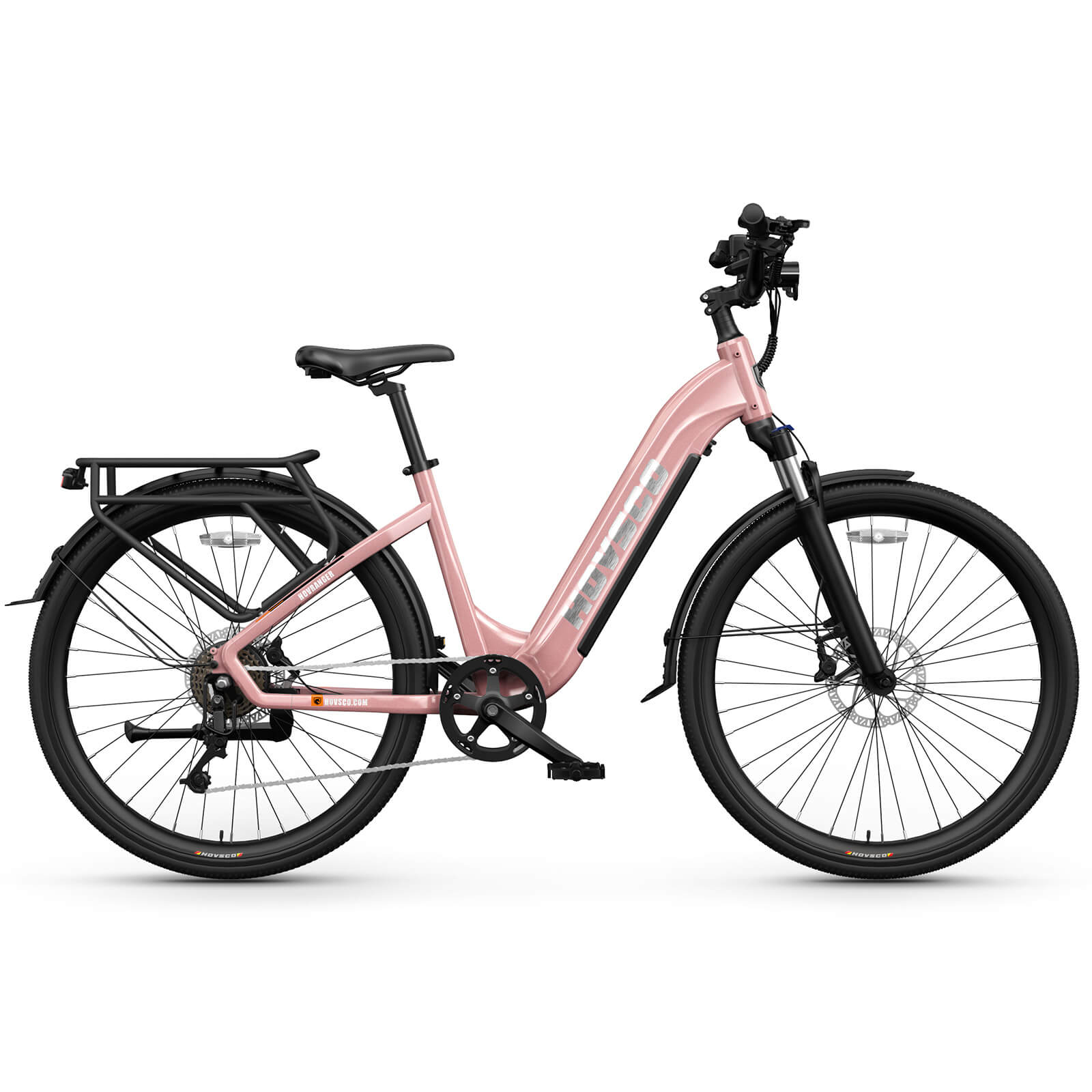
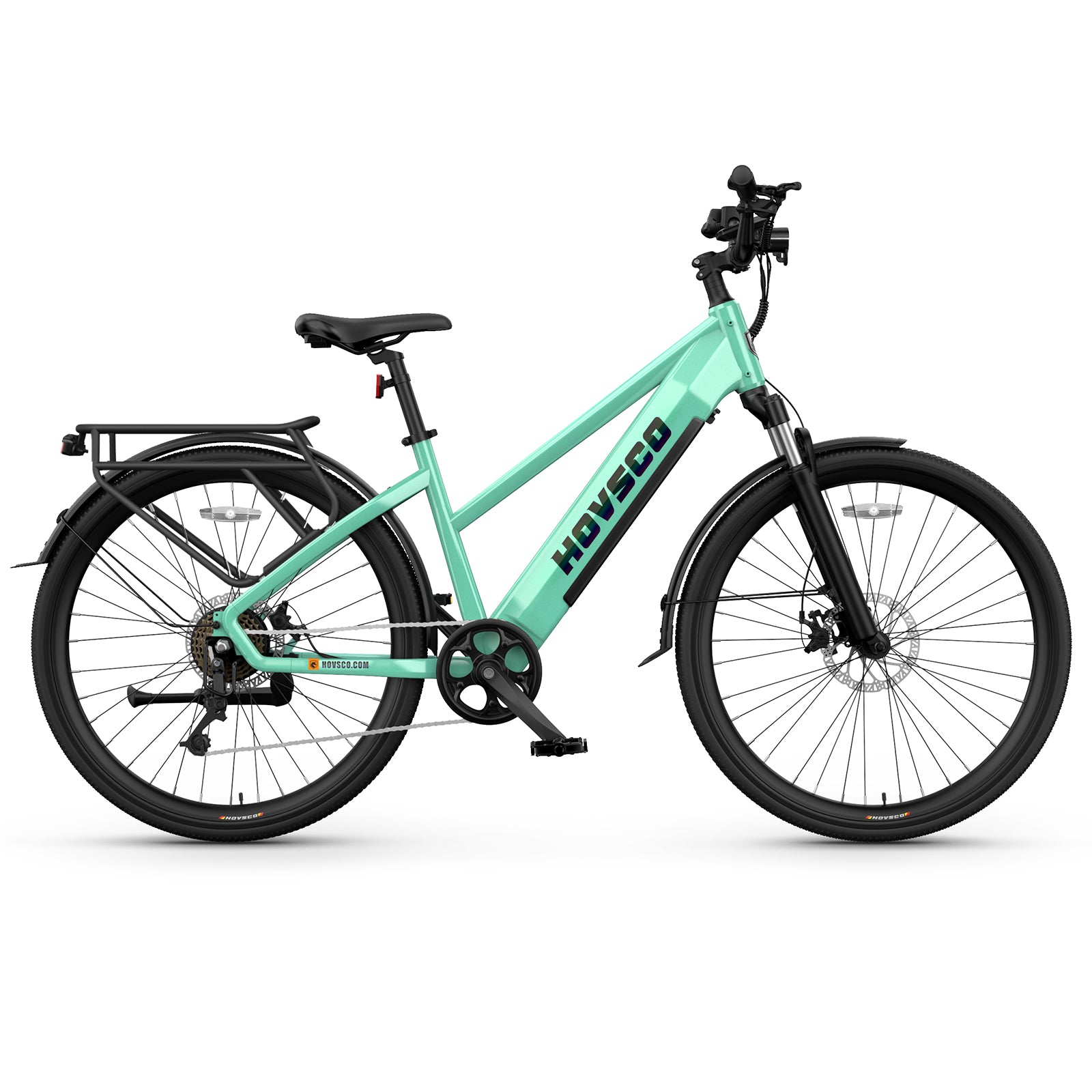
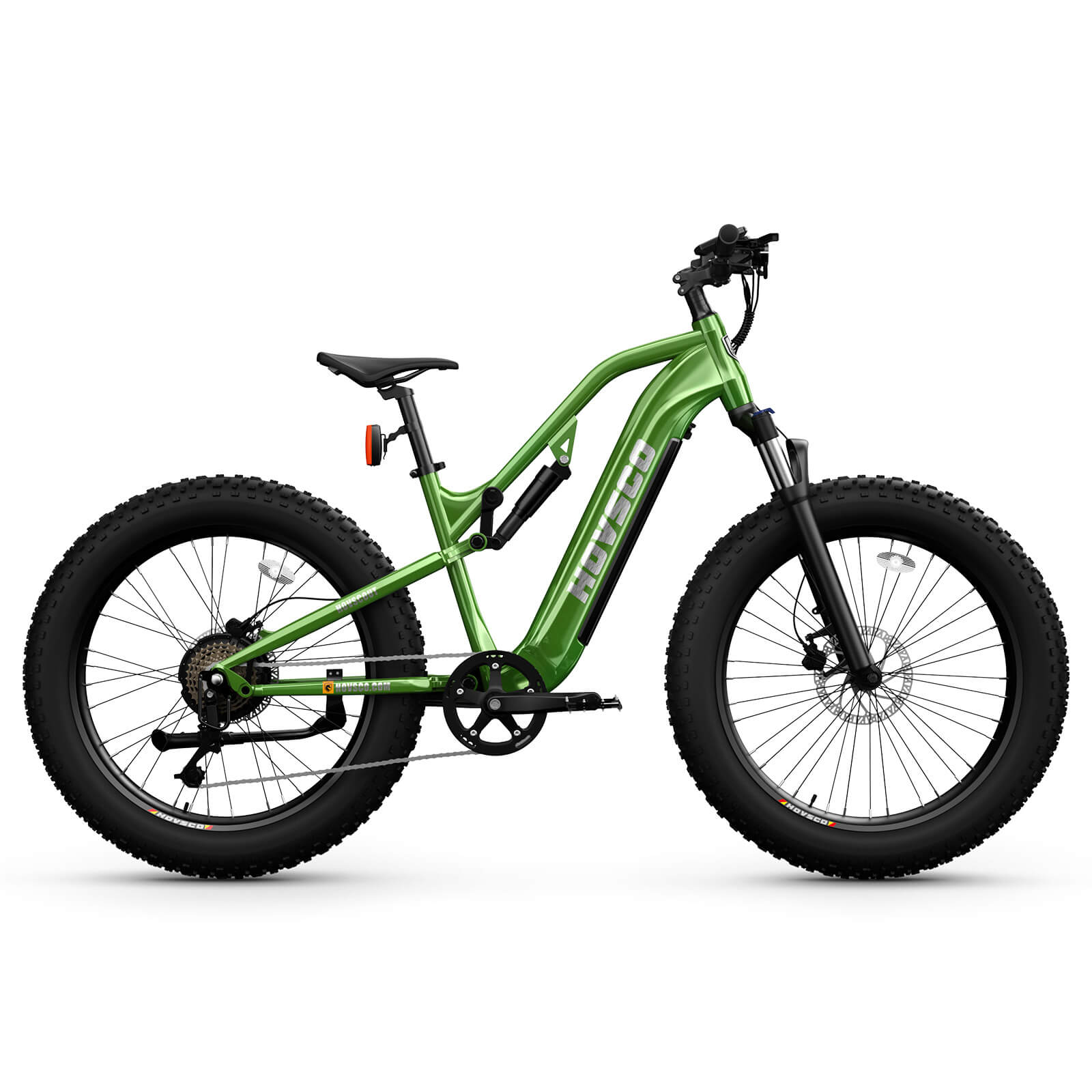
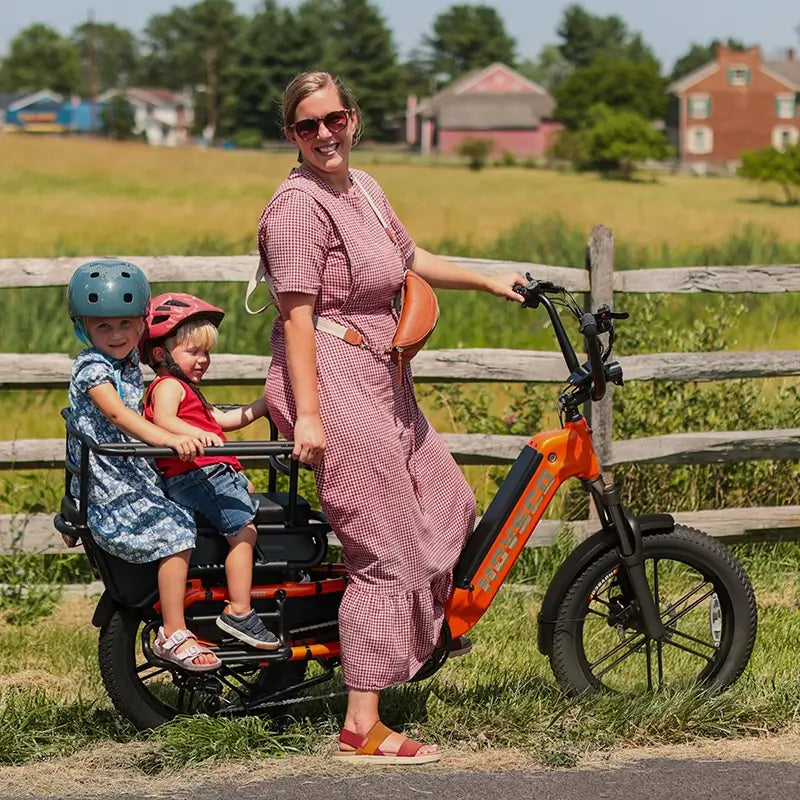
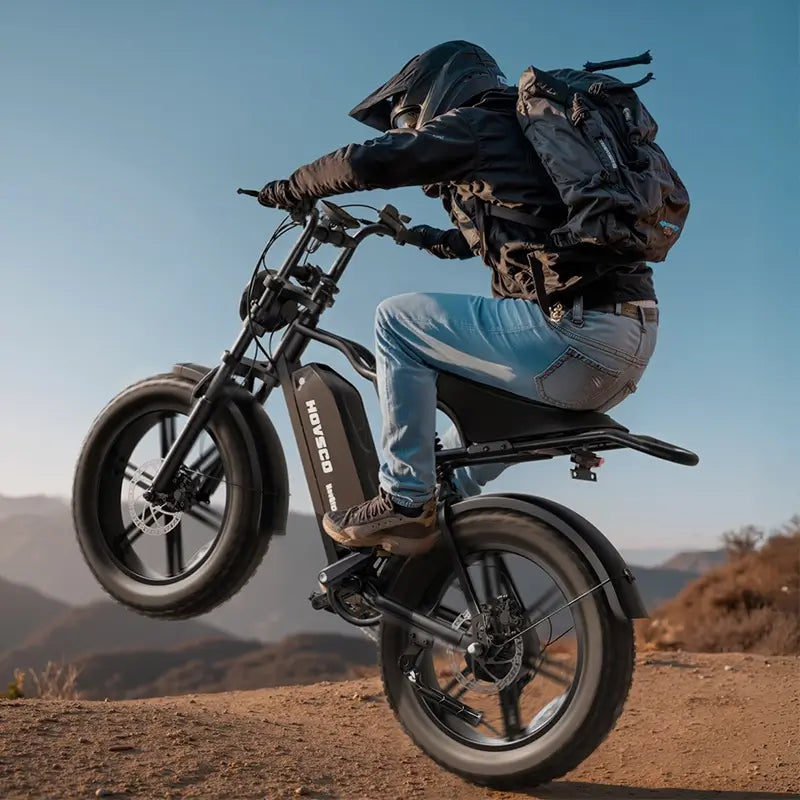
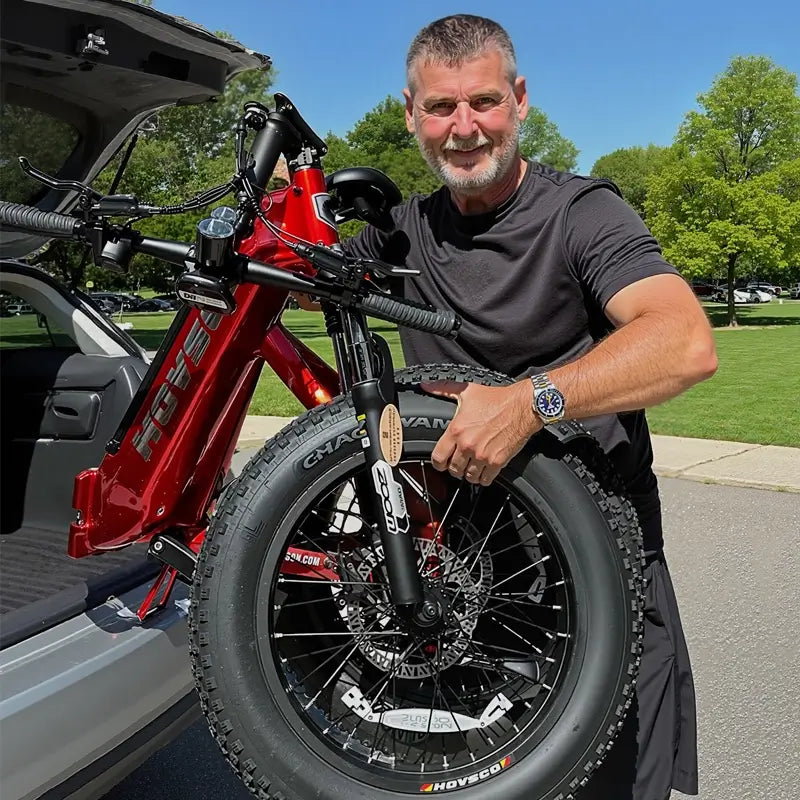
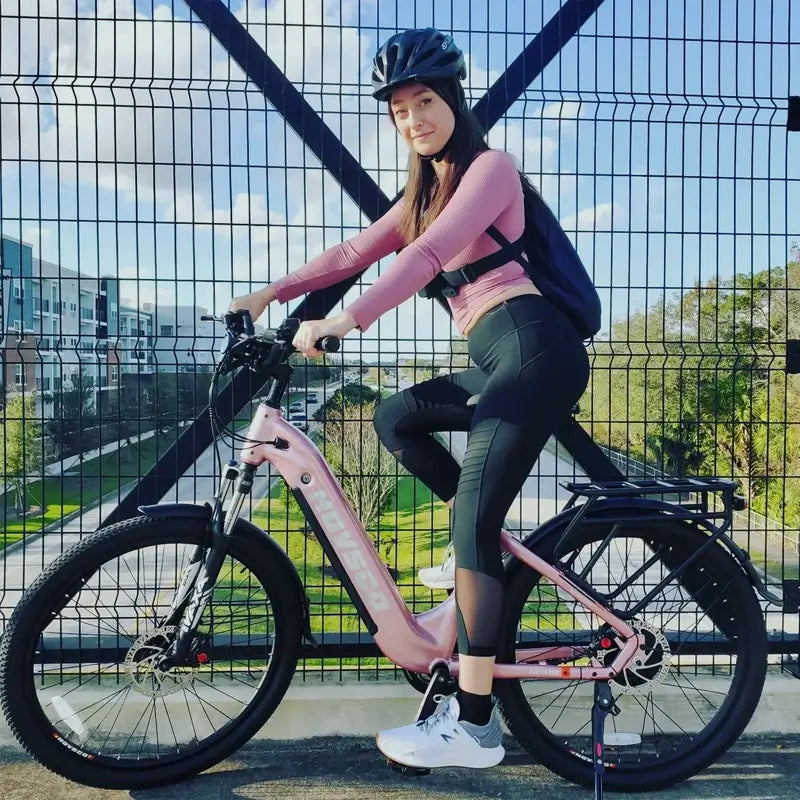
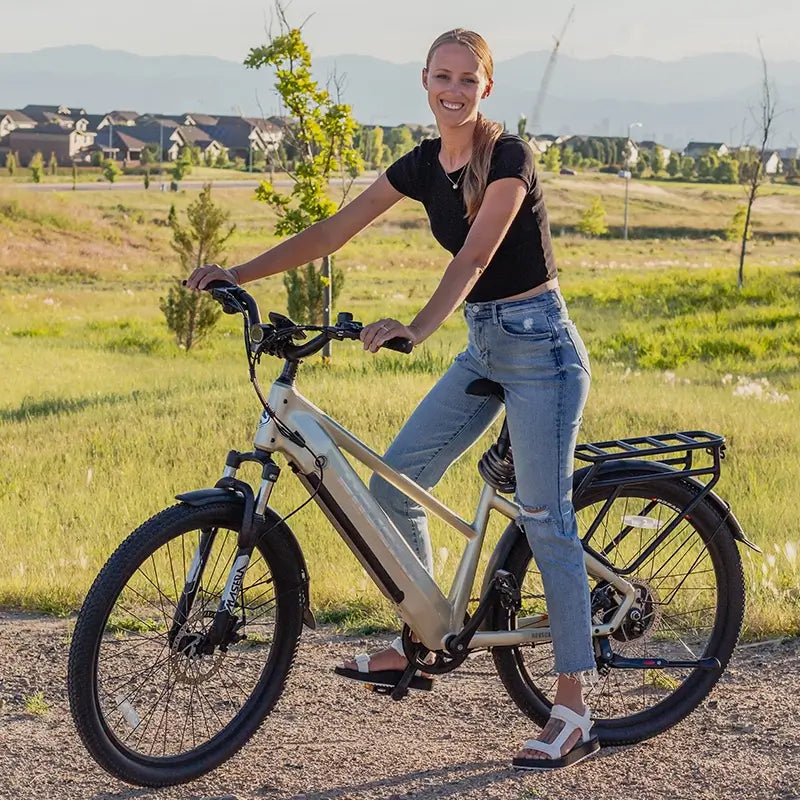

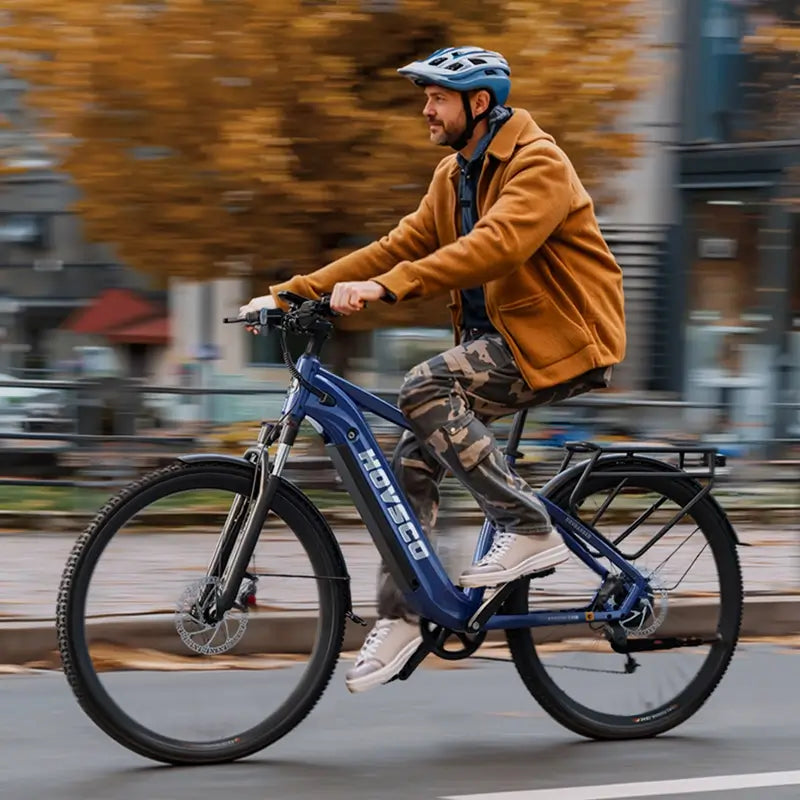
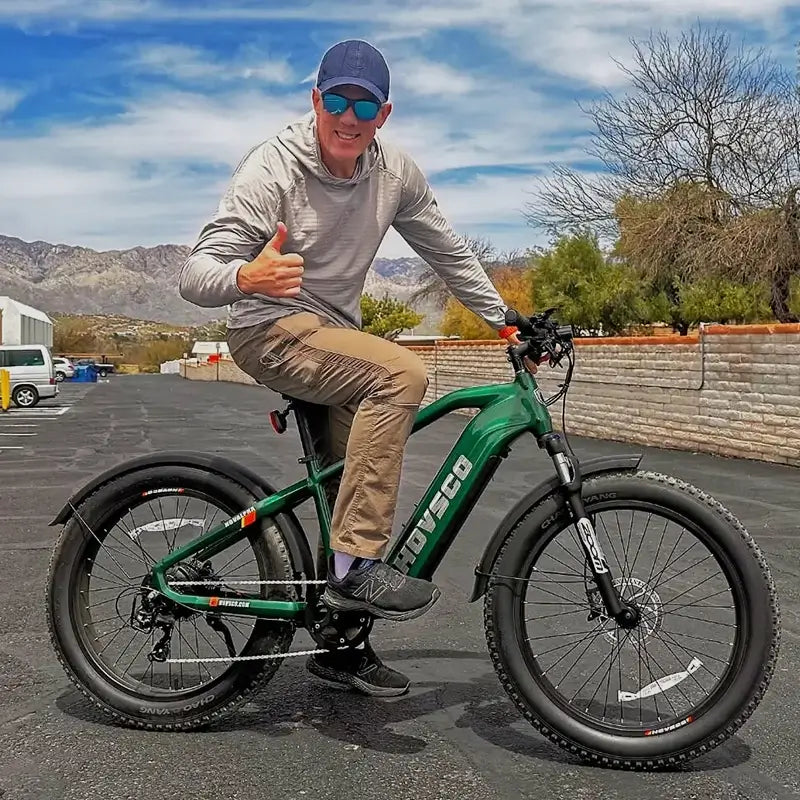
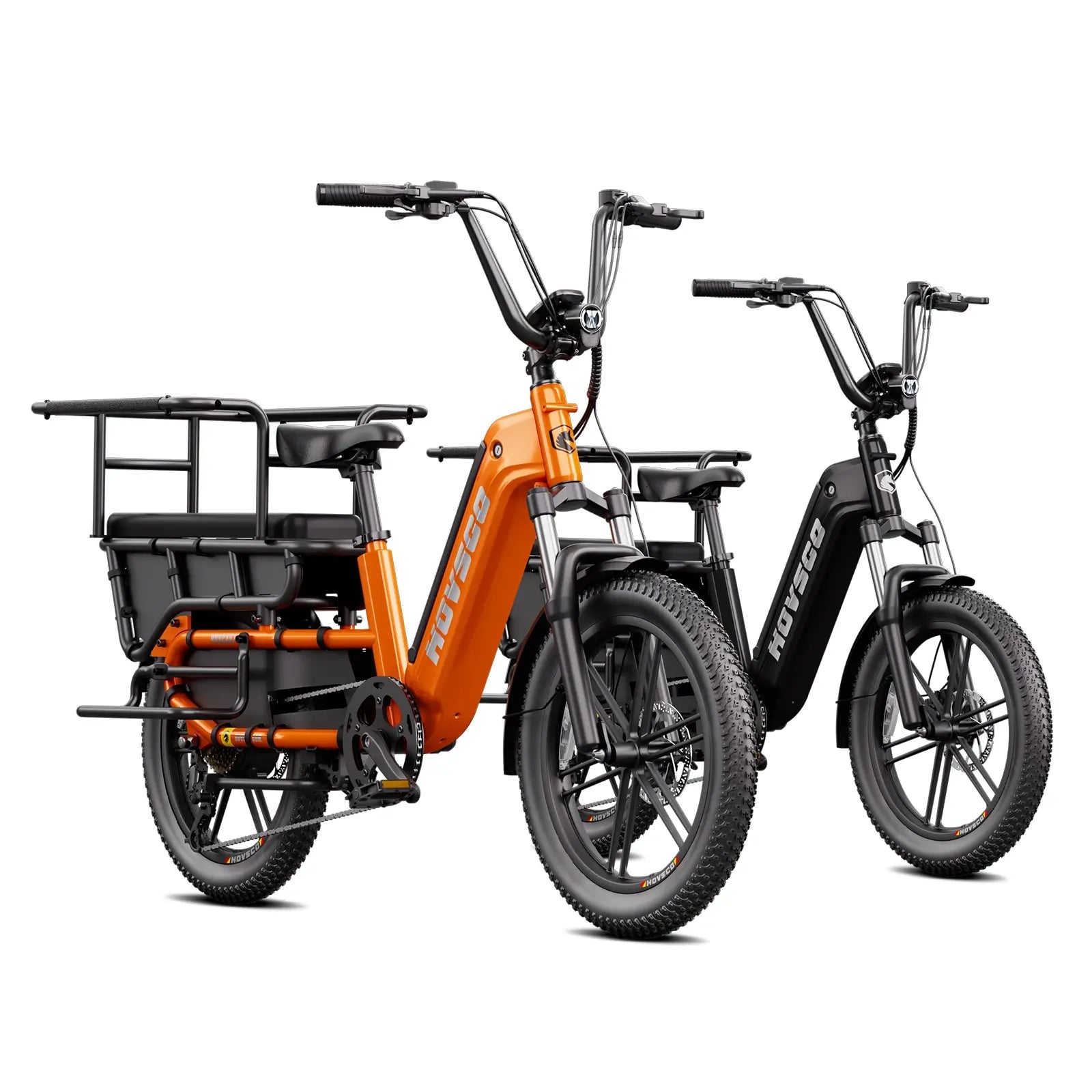
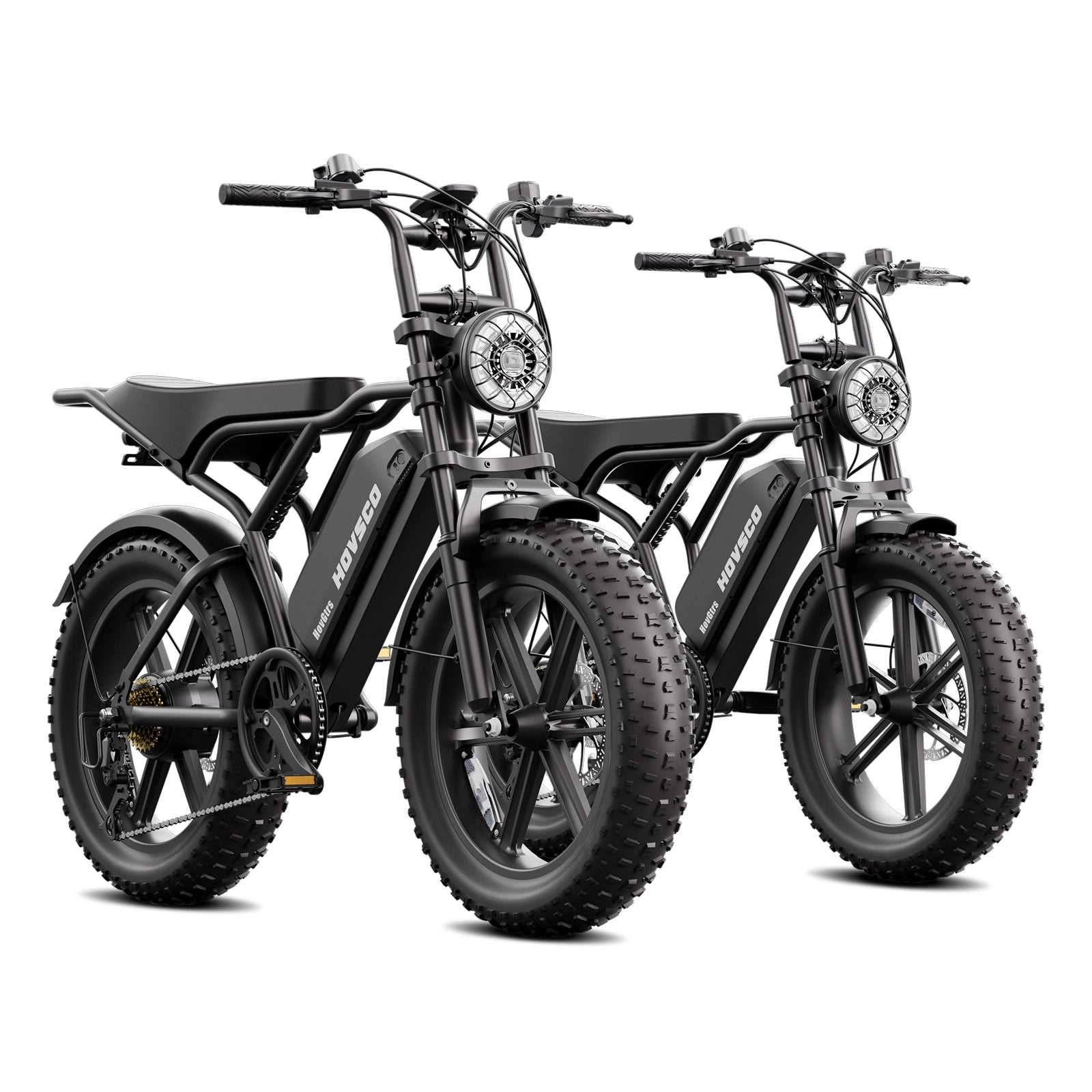
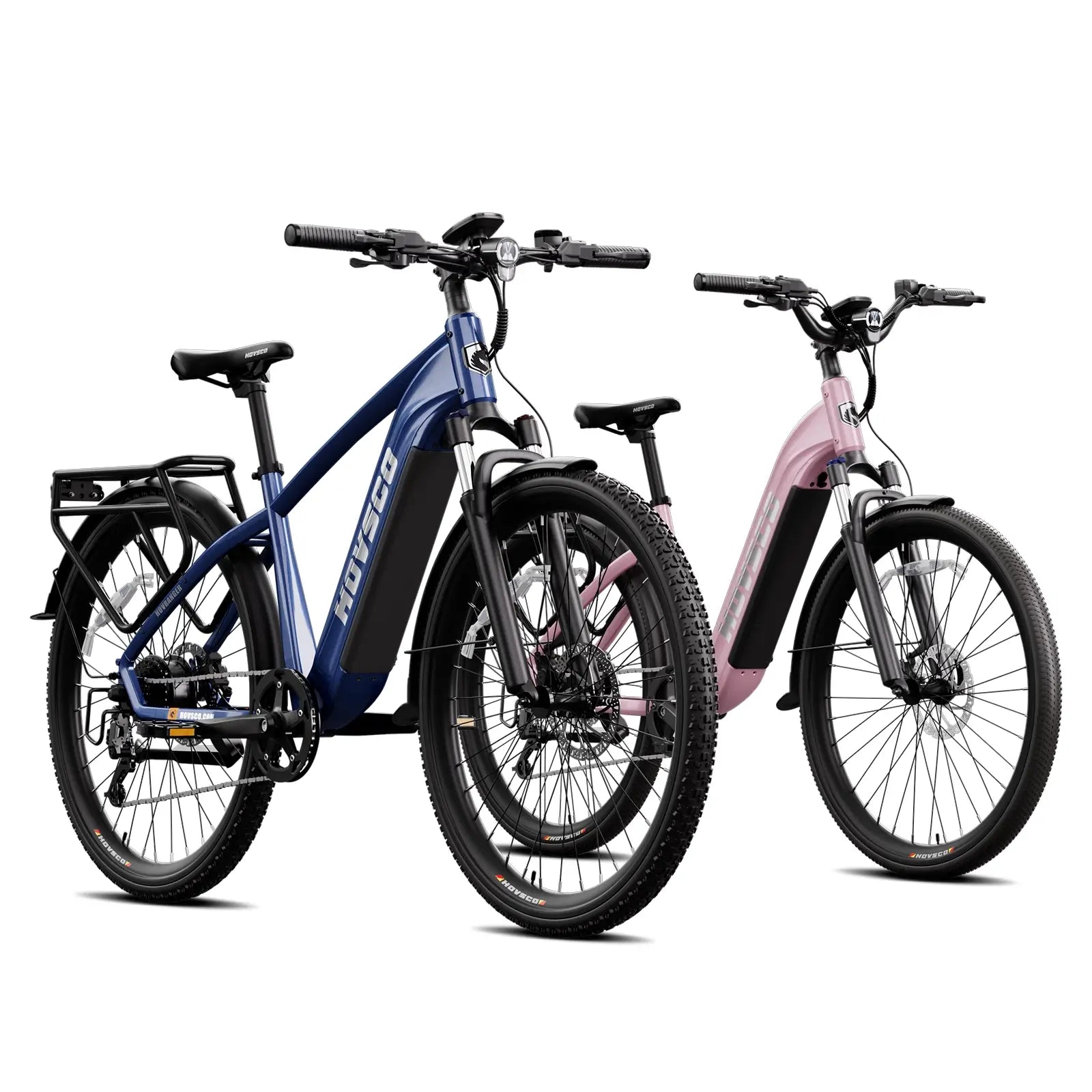
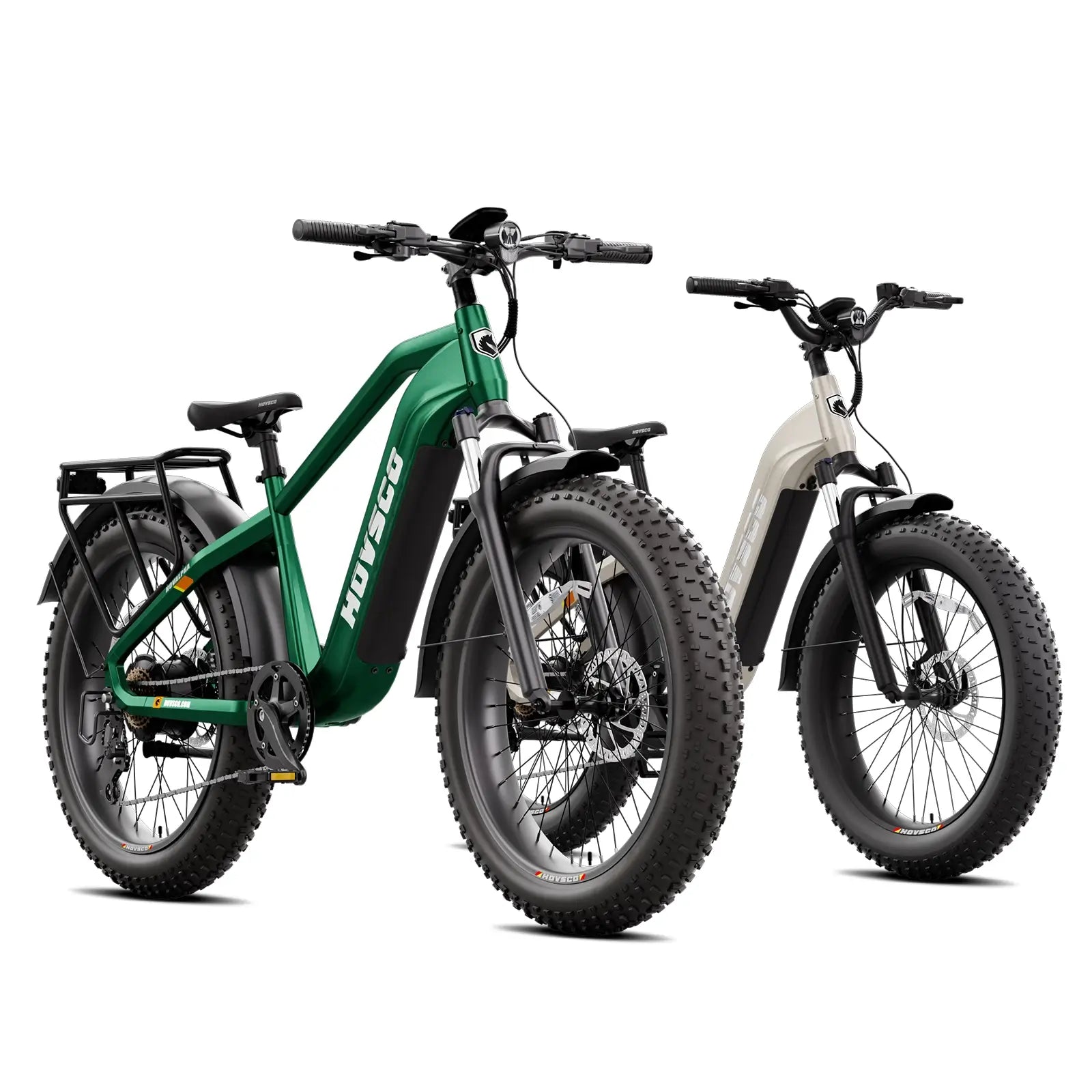
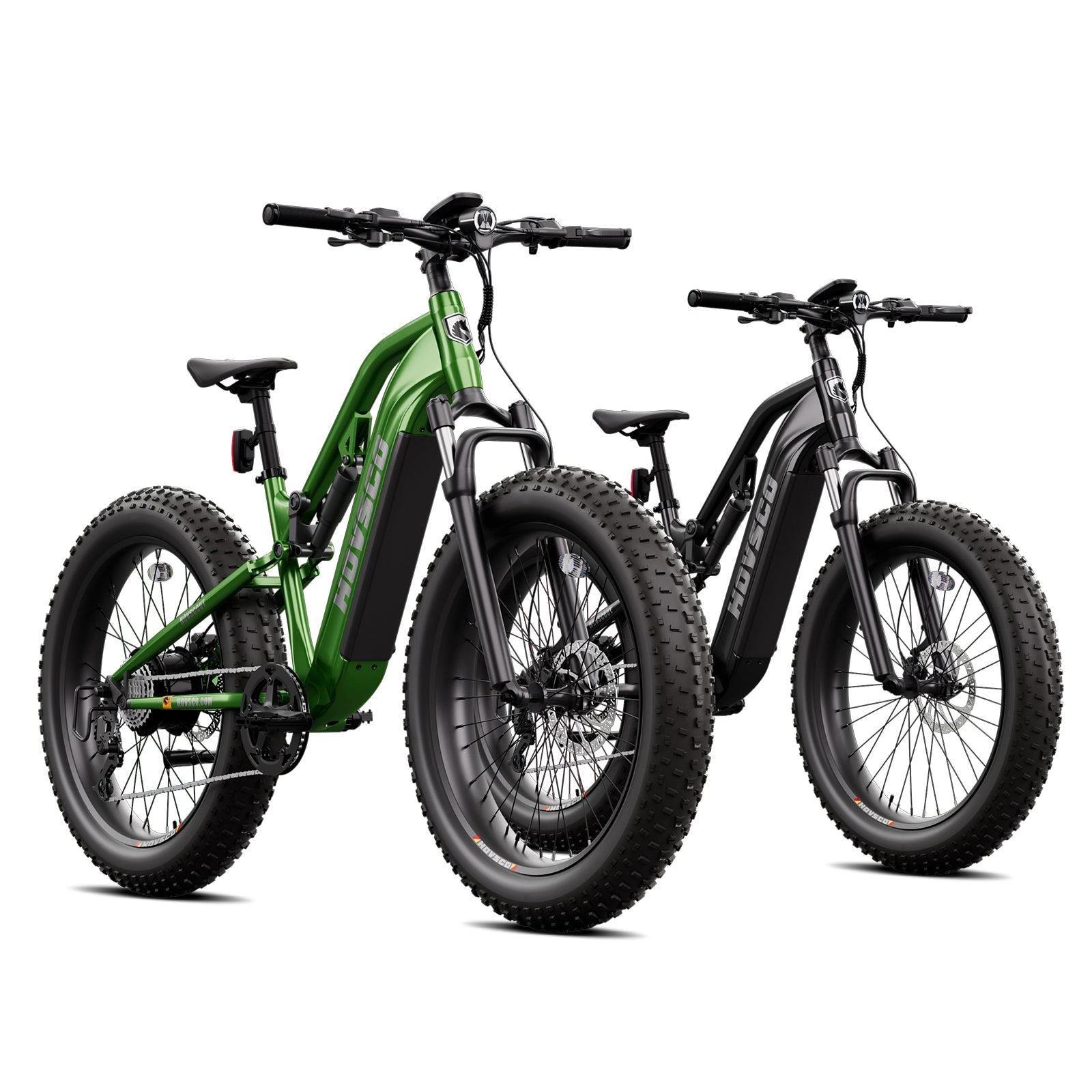
Share:
Why Choose Between eBikes and Bikes? A Comparative Look Beyond the Pedals
Why Hydraulic Disc Brakes Are the Best Choice for Electric Bikes